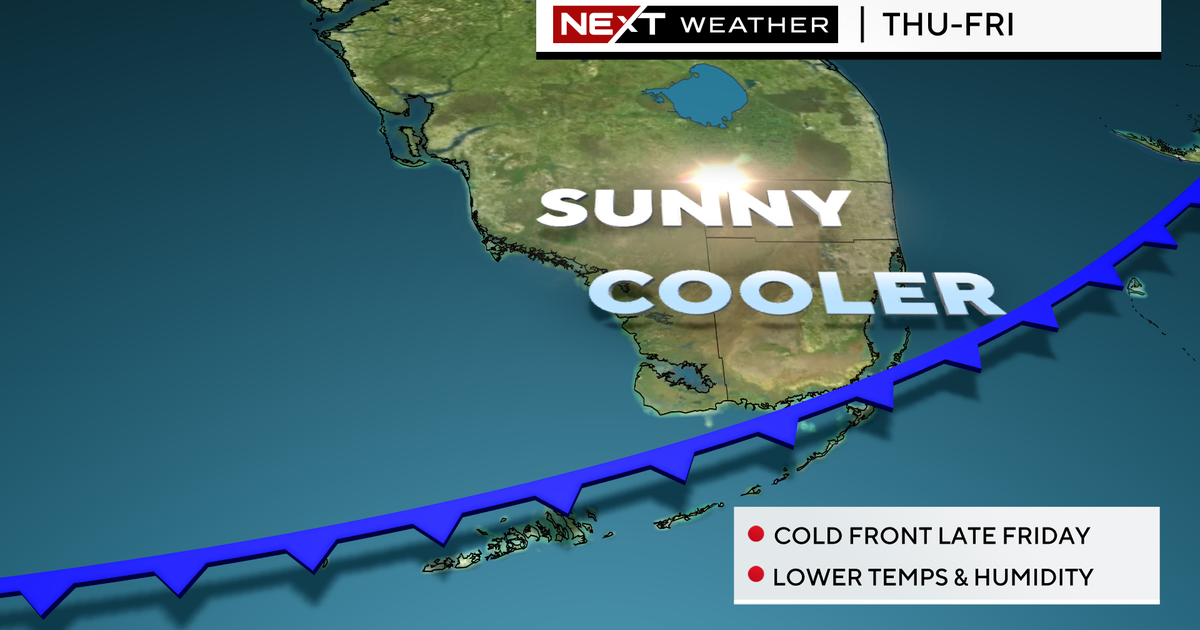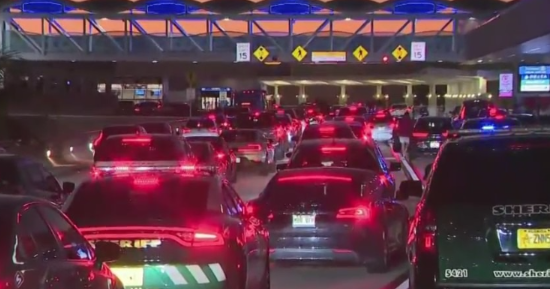Miami Makes It On Lowest Home-Price List Since 2006 Bust
WASHINGTON (CBS4)- An index of home prices in big metro areas, including South Florida, has reached its lowest level since 2002, driven down by foreclosures, a glut of unsold homes and the reluctance or inability of many to buy.
Prices fell from February to March in 18 of the metro areas tracked by the Standard & Poor's/Case-Shiller 20-city index. And prices in a dozen markets have reached their lowest points since the housing bubble burst in late 2006, according to the Associated Press.
In some higher-end parts of the South Florida market, local realtors say they are seeing selling prices starting to rise again as multiple bidders compete for deeply discounted deals. But nationally, some analysts still predict prices may not have hit rock bottom just yet.
The nationwide index fell for the eighth straight month. Prices have now fallen further since the bubble burst than they did during the Great Depression. It took 19 years for the housing market to regain its losses after the Depression ended.
Prices rose last summer, fueled by a temporary federal home-buying tax credit. But they've plunged since then. This month's report marked a "double dip in home prices across much of the nation," said David Blitzer, chairman of the Index Committee at Standard & Poor's.
After adjusting for inflation, the home-price index has sunk to a level not seen since 1999.
Many economists think prices nationally will drop at least 5 percent more by year's end. They aren't likely to stop falling until the glut of foreclosures for sale is reduced, employers start hiring in greater force, banks ease lending rules and would-be buyers regain confidence that a home purchase is a wise investment.
"Folks are having so much difficulty in getting financing for a home," said Mark Vitner, senior economist at Wells Fargo. "It may be early next year before prices hit bottom."
Another obstacle to a rebound in prices: A delay in processing foreclosures. Homes in foreclosure sell for, on average, 20 percent discounts. When they do, they pull prices down further. But many foreclosure sales have been delayed while federal regulators, state attorneys general and banks review how those foreclosures were carried out over the past two years.
Once those homes are eventually foreclosed upon, they will trigger a further price drop in many markets. Those declines are "etched in stone," said Patrick Newport, U.S. economist at IHS Global Insight.
The 12 cities now at their lowest levels in nearly four years are: Miami, Atlanta, Charlotte, Chicago, Cleveland, Detroit, Las Vegas, Minneapolis, New York, Phoenix, Portland, Ore., and Tampa.
Minneapolis fared the worst in March; prices there fell 3.7 percent. They dropped 2.4 percent in Charlotte and Chicago and 2 percent in Detroit. But prices rose 0.1 percent in Seattle and 1.1 percent in Washington, D.C. The nation's capital is the only metro area in the index where prices have risen in the past year.
The Case-Shiller index measures sales of select homes in the 20 largest markets compared with January 2000. For each metro area it reviews, the index provides a three-month moving average price. By measuring sales prices of the same homes over time, the index seeks to pinpoint market values and conditions.
The housing sector is struggling even as the overall economy is in the midst of a steady but slow recovery.
That won't change soon. Roughly 92 percent of homeowners say it's a bad time to sell their home, according to the latest Thomson Reuters/University of Michigan index of consumer sentiment.
But housing also affects the broader economy. Homes account for about a third of household wealth. So when prices fall, they have "important spillover effects on other sectors of the economy," said Yelena Shulyatyeva, an analyst at BNP Paribas. Those sectors include consumer spending and state and local property tax collections.
Some of the sharpest price declines have occurred in cities hit hardest by unemployment and foreclosures, such as Phoenix, Tampa and Las Vegas. They are flooded with homes sitting vacant, awaiting buyers. Many banks have agreed to allow homes at risk of foreclosure to be sold for less than what is owed on their mortgages. That trend has pulled down prices.
Coastal areas, such as San Francisco, San Diego, Los Angeles, Washington and Boston, have fared comparatively better in the past two years. They have been aided by healthy local economies and low unemployment, desirable city centers and limited space for new housing.
But the damage is now spreading to areas that had long escaped the worst of the crisis. They include Dallas, Denver, Minneapolis and Cleveland. Economists regard them as housing bellwethers - metro areas that are reliable indicators of where national prices are headed.
Denver and Dallas are on pace to hit post-housing bust lows in the next few months.
In the seven years before its peak in July 2006, the home-price index surged 155 percent. Since then, it's fallen 33 percent.
(© 2011 The Associated Press. All Rights Reserved. This material may not be published, broadcast, rewritten, or redistributed.)



